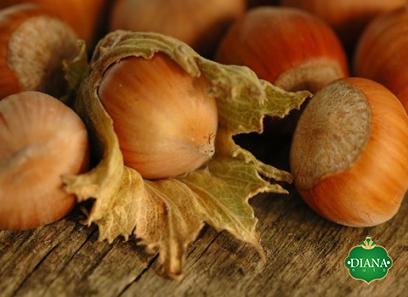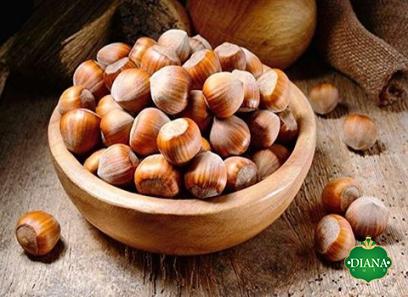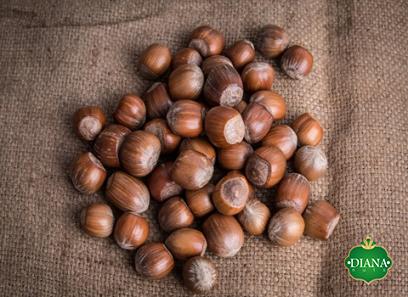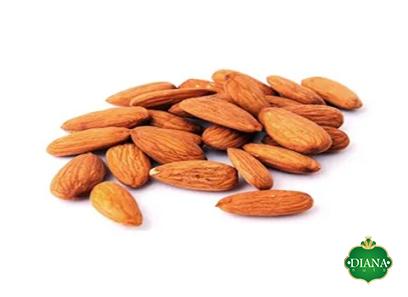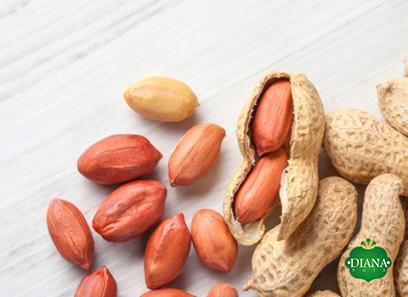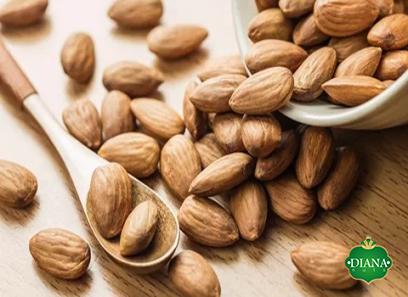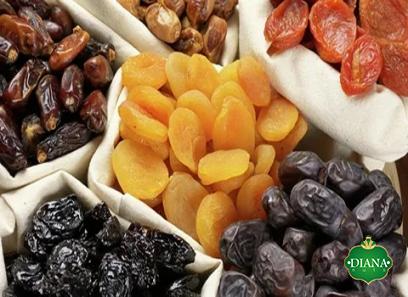Different grades of pistachio kernels and the determination of how many they could be is based on different factors such as the density (the amount of moisture), shape, color, degree of defection, degree of damage, cleanness, endurance, and size.
There are three main countries around the world that produce pistachios in large amounts, exporting them internationally, the USA, Iran, and Turkey. For example, according to a report in 2020, Iran and the USA have produced more than 70 percent of global pistachio. Thus, it is no wonder that they are the ones who have introduced the different classifications of pistachios worldwide. Nonetheless, there is not still a unified international scale by which to assort all kinds of pistachios. Hence, the necessity to understand each of these countries’ classification and compare them with other kinds. Although the pistachios of these counties have shared some genes and breeding, they are different, particularly in terms of shape and color. For example, Iran’s and Turkey’s pistachio kernels have a purple surface and greener interior however those of Americans have a greener surface with some parts of them being purple. Moreover, the pistachios of Turkey are longer, and those of Iran are wider compared to those of America which are round-like.

Density of Pistachio Kernels
Pistachio Kernels reserve different degrees of moisture within themselves which would determine the density of their grade. The kernel of the pistachios would have to go through the process of drying, without which the possibility of damage, defection, and contamination of them would increase. Thus, those kernels that are drier retain a greater quality and durability and are less precarious to mold and decay. Moreover, their appearance is also well preserved, showing fewer signs of deformities, stains, and the possibility of becoming closed-mouth pistachio.
Hence, one of the factors that are used in the classification of pistachio grades is the degree of moisture they hold. For example, different kinds of Iranian pistachios are being sold in different grades based on their moisture and the time they have been processed for dryness. The same is also true about different kinds of American and Turkish pistachios. There is also another scale by which the density of pistachio is measured, namely, tolerance. The tolerance rate of a grade of pistachio illustrates its vulnerability to decay, mold, contamination, deformity, and difficult conditions that might arise from storage, packaging, and shipment. Those grades with less moisture have a greater tolerance rate.
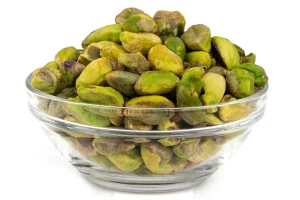
Pistachio Kernels Grade
The grade of pistachio kernels depends on two important factors: where it grows and how it is processed. The five main producers of pistachios are the USA, Iran, Turkey, Syria, and China. Each of these countries has its own kinds of pistachios that are being processed differently.
Iran as the original and third producer of pistachio also grows many kinds of them in different cities of Iran. Based on the place of their cultivation there are two cities in Iran that produce the best available pistachios in the world. Rafsanjan in Kerman province is one of them which produces five main kinds of pistachios that will be explained in the next session. Damqan in Semnan province is the other one that produces four main pistachios.
Although most of the American pistachios are being produced in California, they are being processed differently and into various grades. According to the association of American pistachio growers, the grades of the American pistachio lots depend on many factors such as their size and shape, the color of the shell and kernel, the possible availability of closed-mouth pistachios within a lot, the scale of tolerance that a lot has against mold and decay, the number of deformities within that lot, etc.

How Many Kernels of Pistachio
Pistachio and its kernels are classified into different categories based on their size, grade, and shape. Based on these criteria we will see how many pistachios are there.
Based on the shape we have two streaks of pistachios in Iran. The first kind is called Fandohi (hazelnut) in Iran because they are as round as that of a hazelnut. However, within the international market, they are known as Iranian round pistachios. There are also two kinds of these pistachios available in Iran’s market, nevertheless, the larger one is being exported. The other kind based on shape is called almond-kind because they are prolonged and oval such as almonds. Most of the Iranian pistachios are of these kinds such as Ahmad Aghai, Zarand, and Akbari. This steak of almonds is of great quality and is mostly being exported outside of Iran.
Just like American almonds which have been grown out of the seeds and genes of the Iranian almonds, American pistachios have grown out of a bulk of Aghai Almonds that was brought to the USA from Iran. Thus, the first pistachio tree in the USA was named after Iran’s province of Kerman. Nonetheless, today American cultivators are producing twice as many pistachios as Iran. In this respect, they are four main kinds of American pistachios that go through different kinds of processing.

Pistachio Kernel Weight
The weight of a pistachio kernel has increasingly become of an important matter besides its taste. Part of this problem arises from the fact that as a snack some people would prefer to have more pistachios within their bag instead of having larger kinds. Fortunately, most of the kinds of above-mentioned American and Iranian pistachios can be found in different sizes and thus in different weights. However, the weight of a pistachio kernel is also dependent on other factors such as its density and the process of production. Those pistachios that have gone through the process of intensive dryness are lighter than those that still reserve a greater degree of moisture.
Today, our company is becoming the leading exporter of pistachio within Iran and the wider Middle East. We have been trying to contact the different growers, producers, and suppliers of pistachios around the world and particularly in Iran. We now can proudly claim to be able to provide our customers with the best grade of Iranian pistachios at affordable prices within a few days.
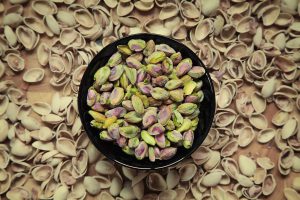
Please contact us for further information about the price and process of exportation through the available form on our website. We will contact you within hours.

